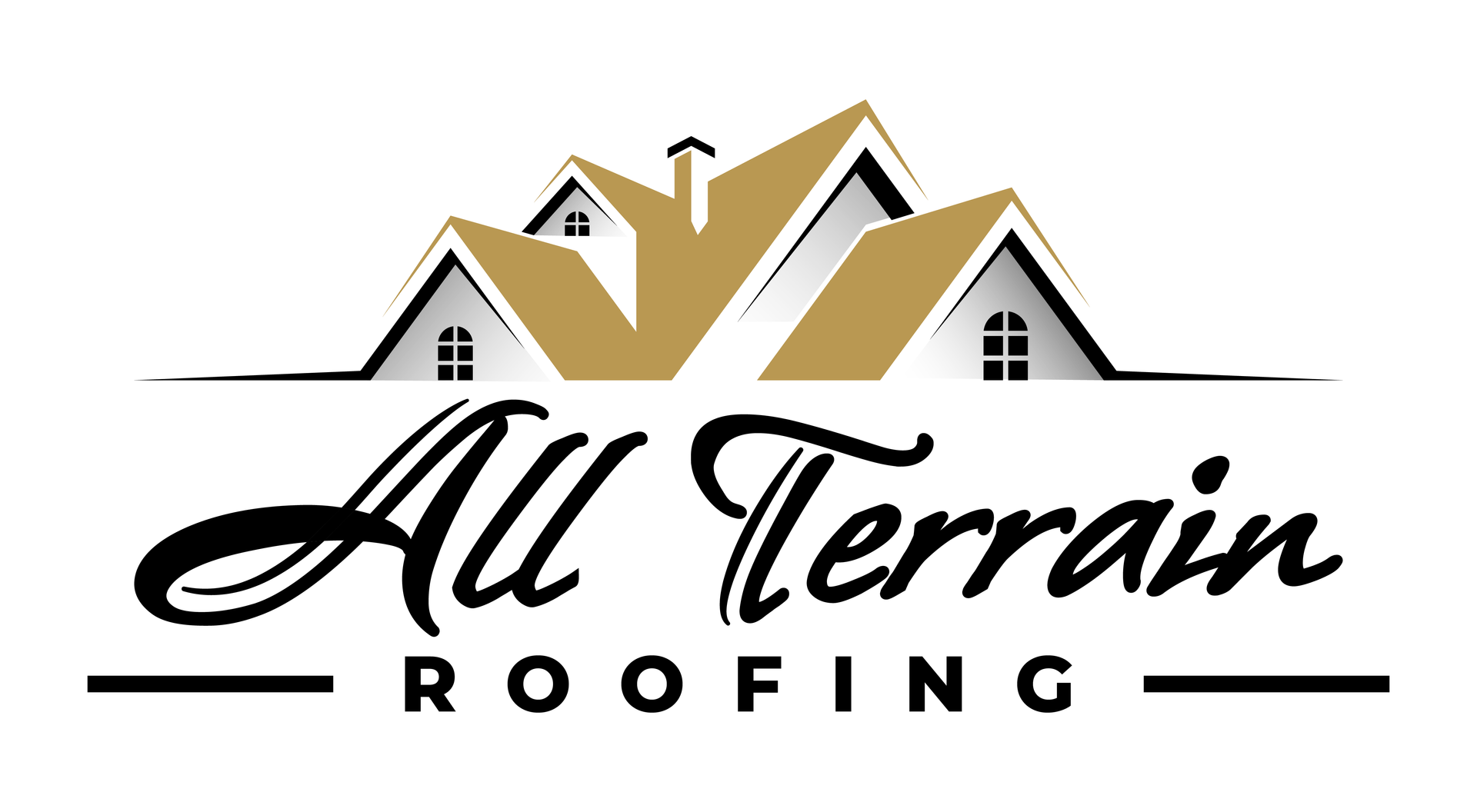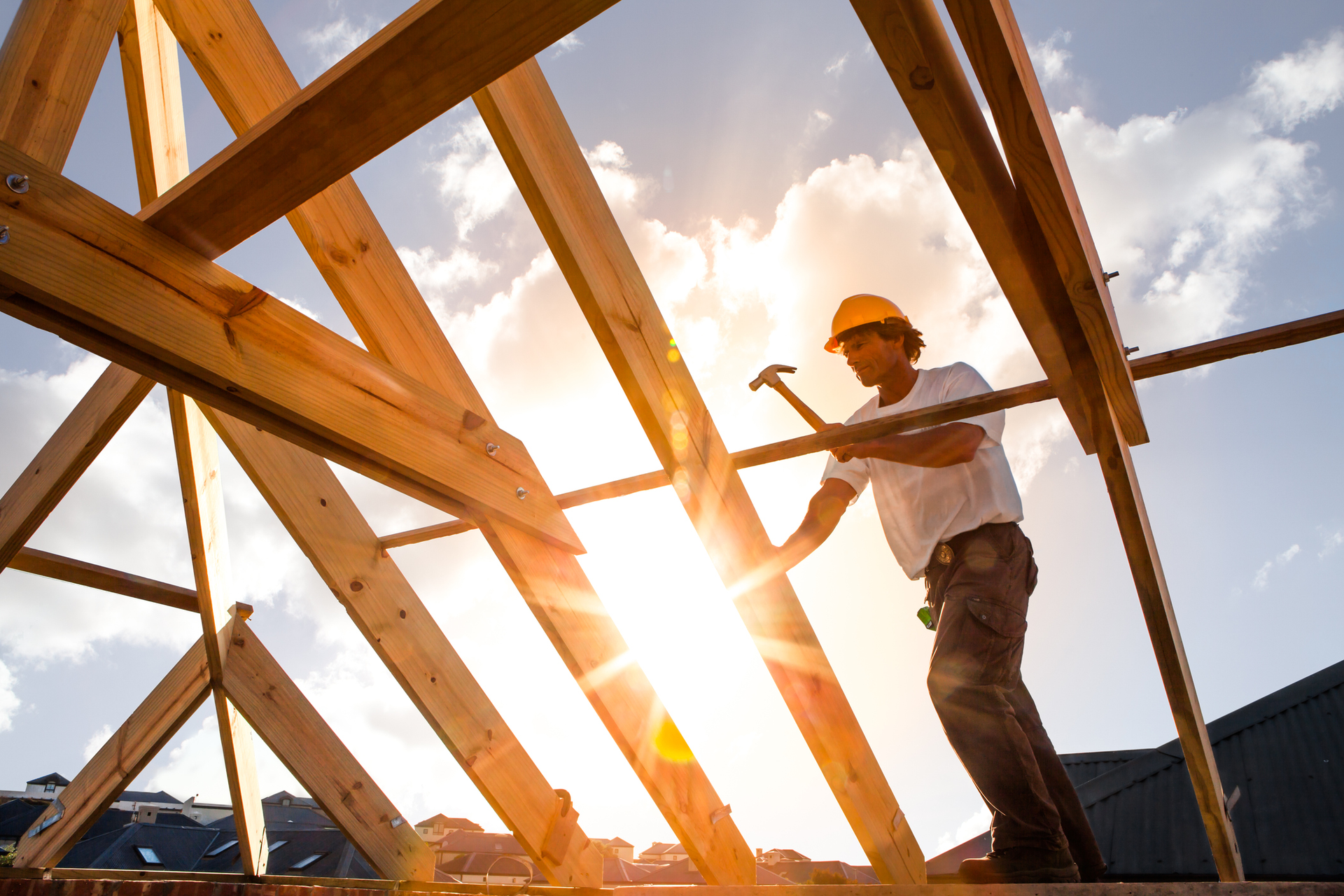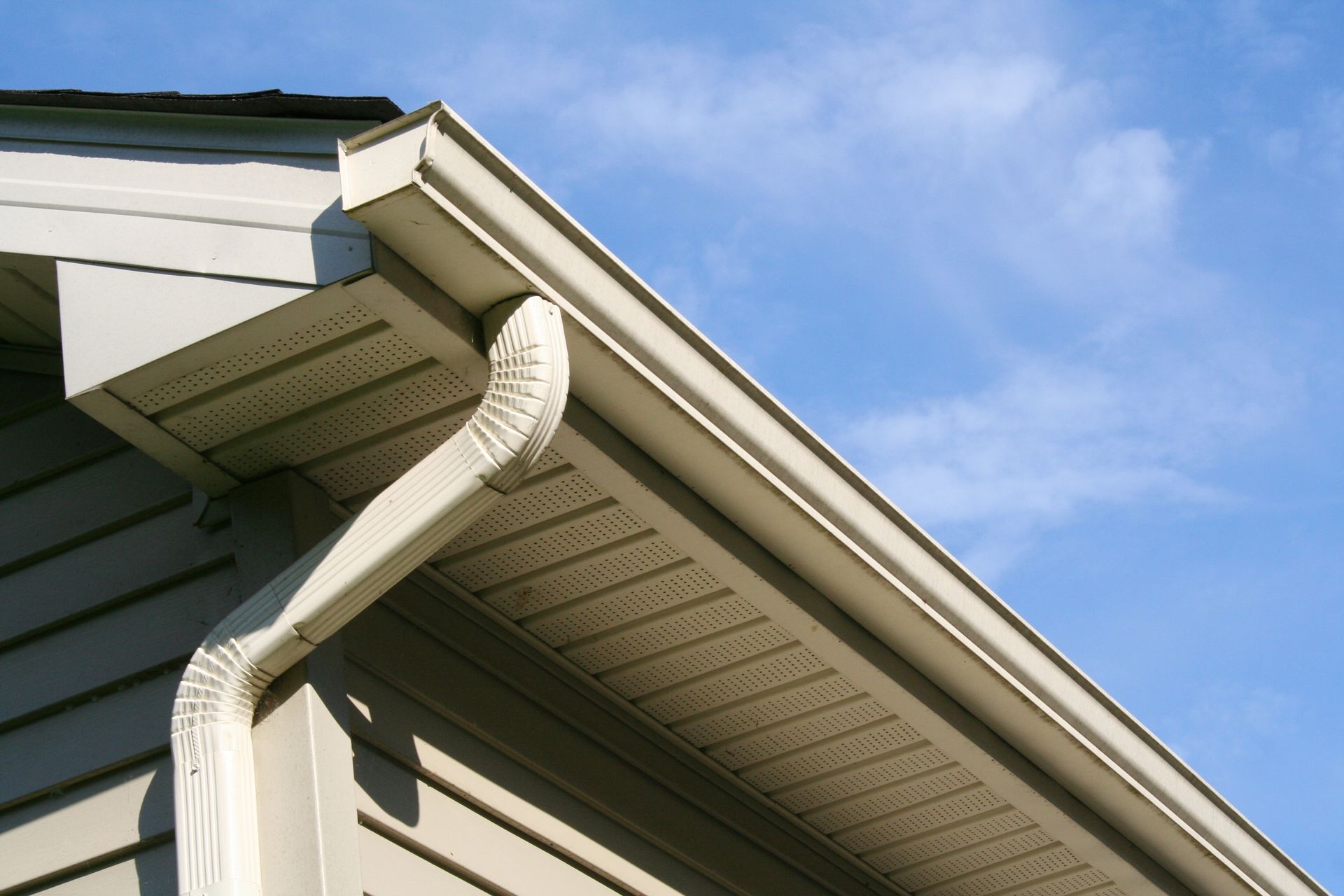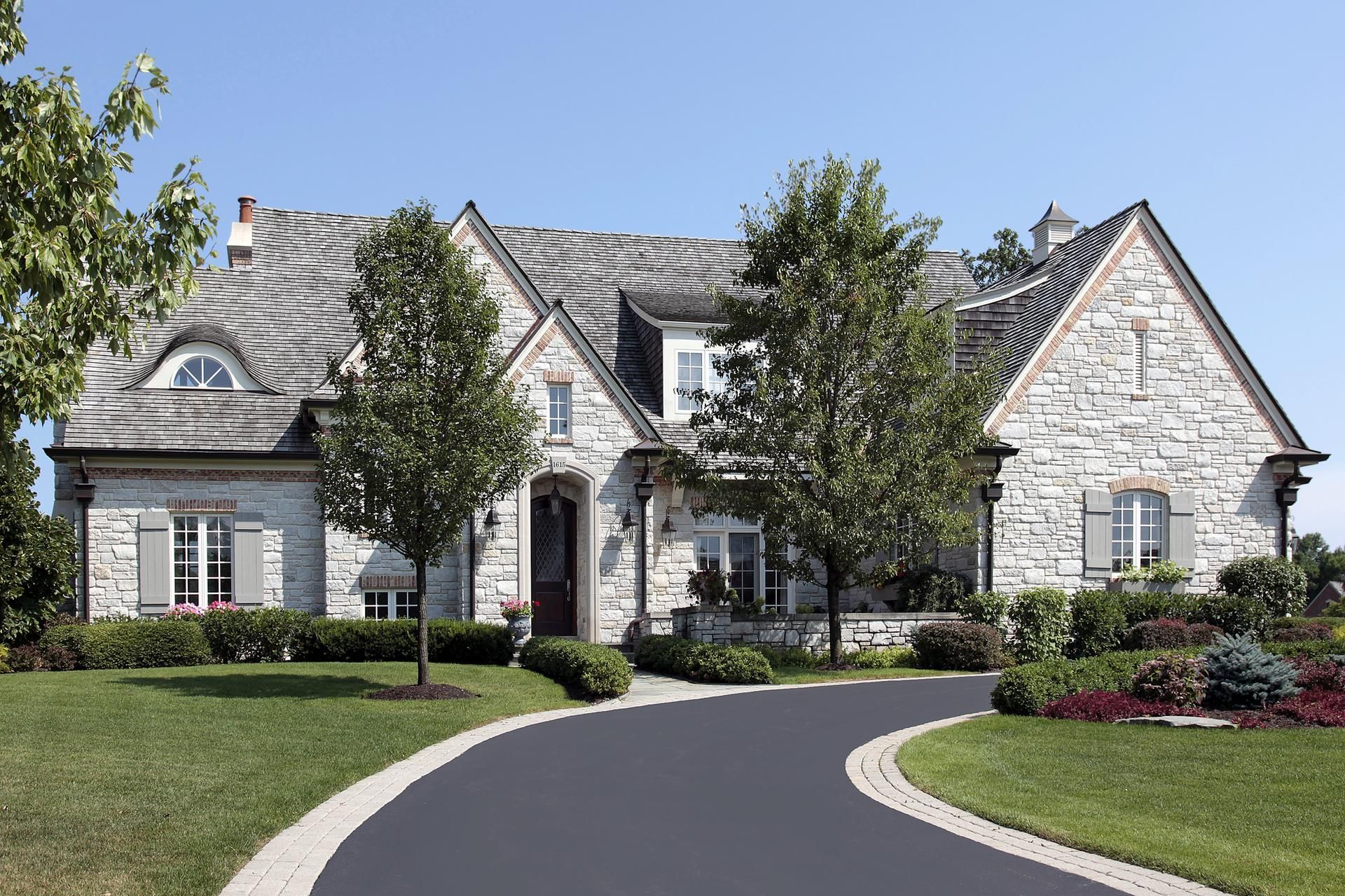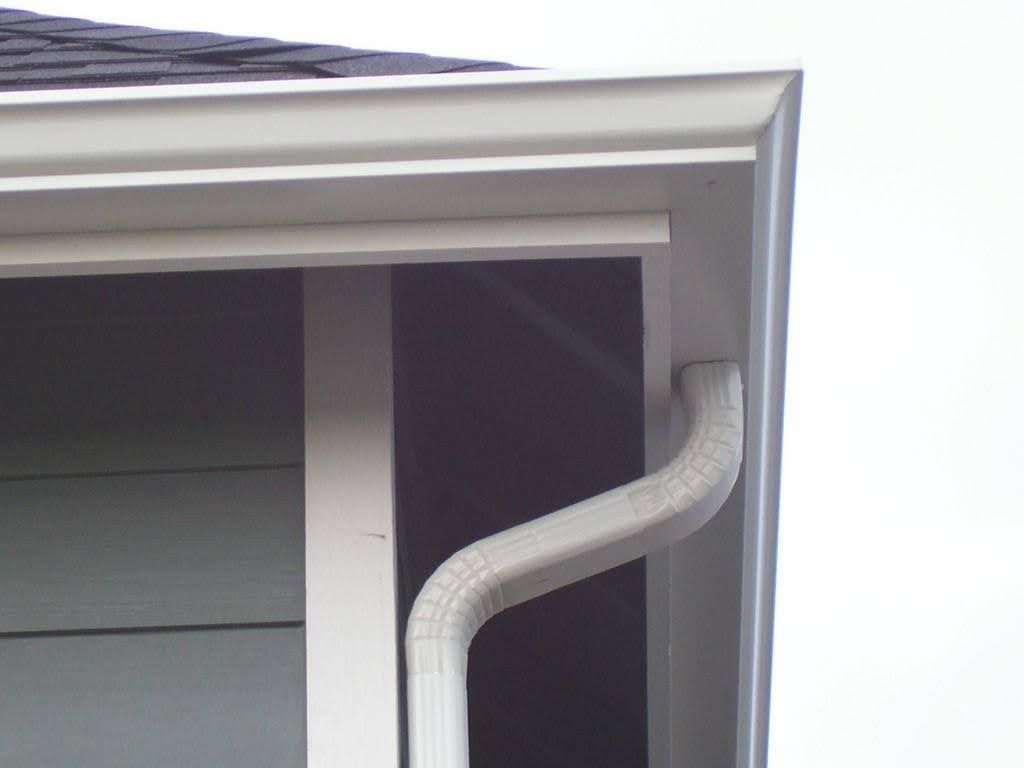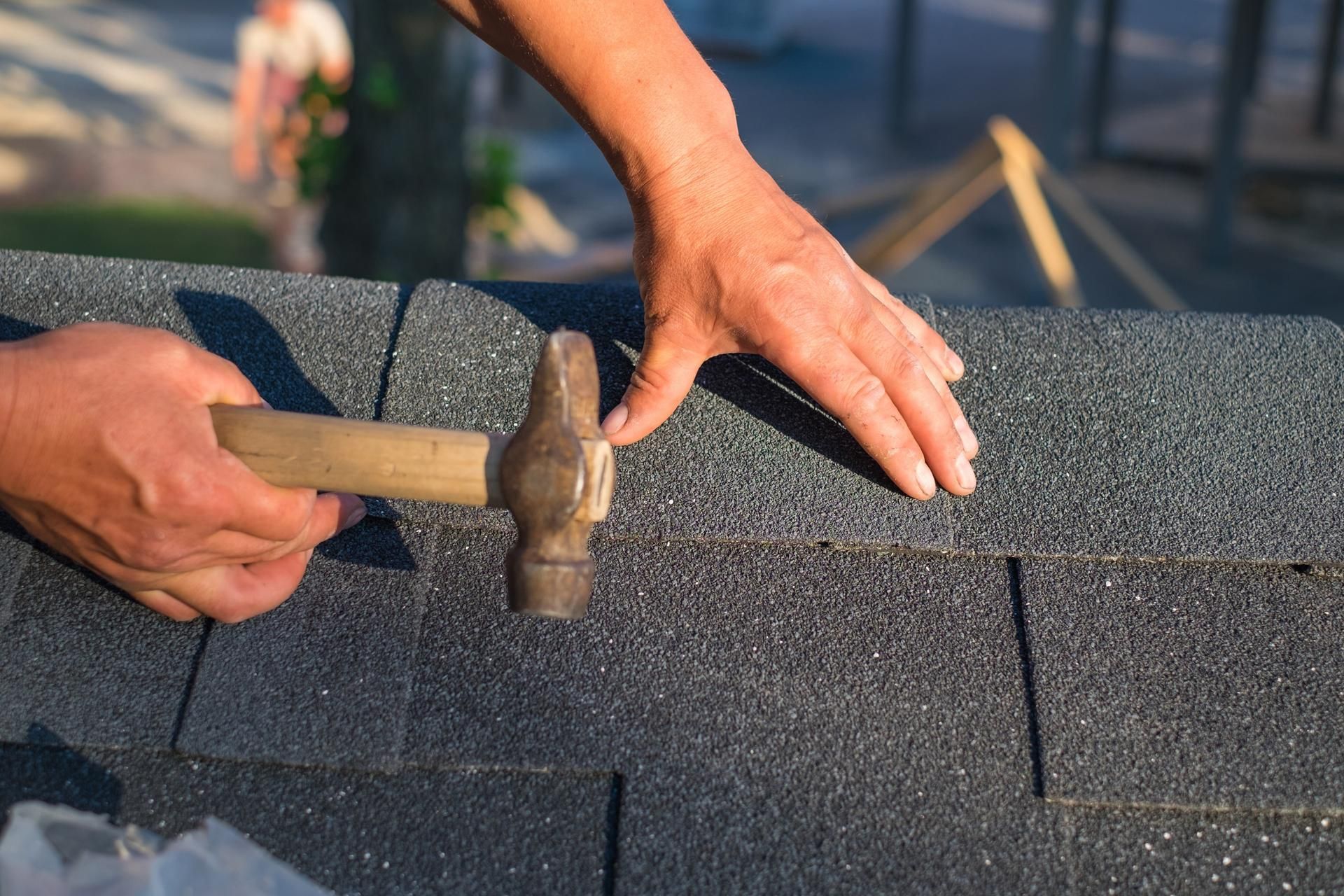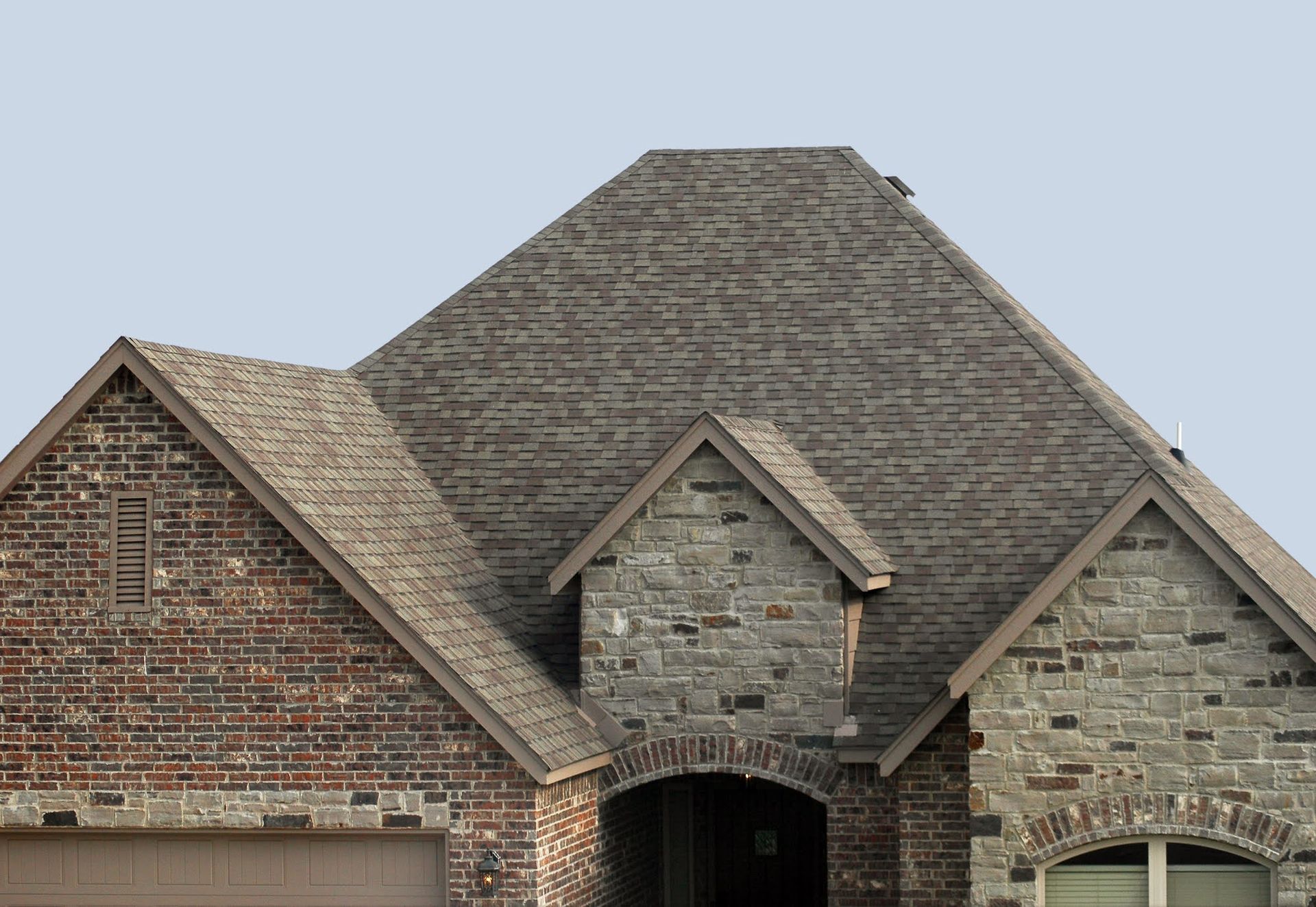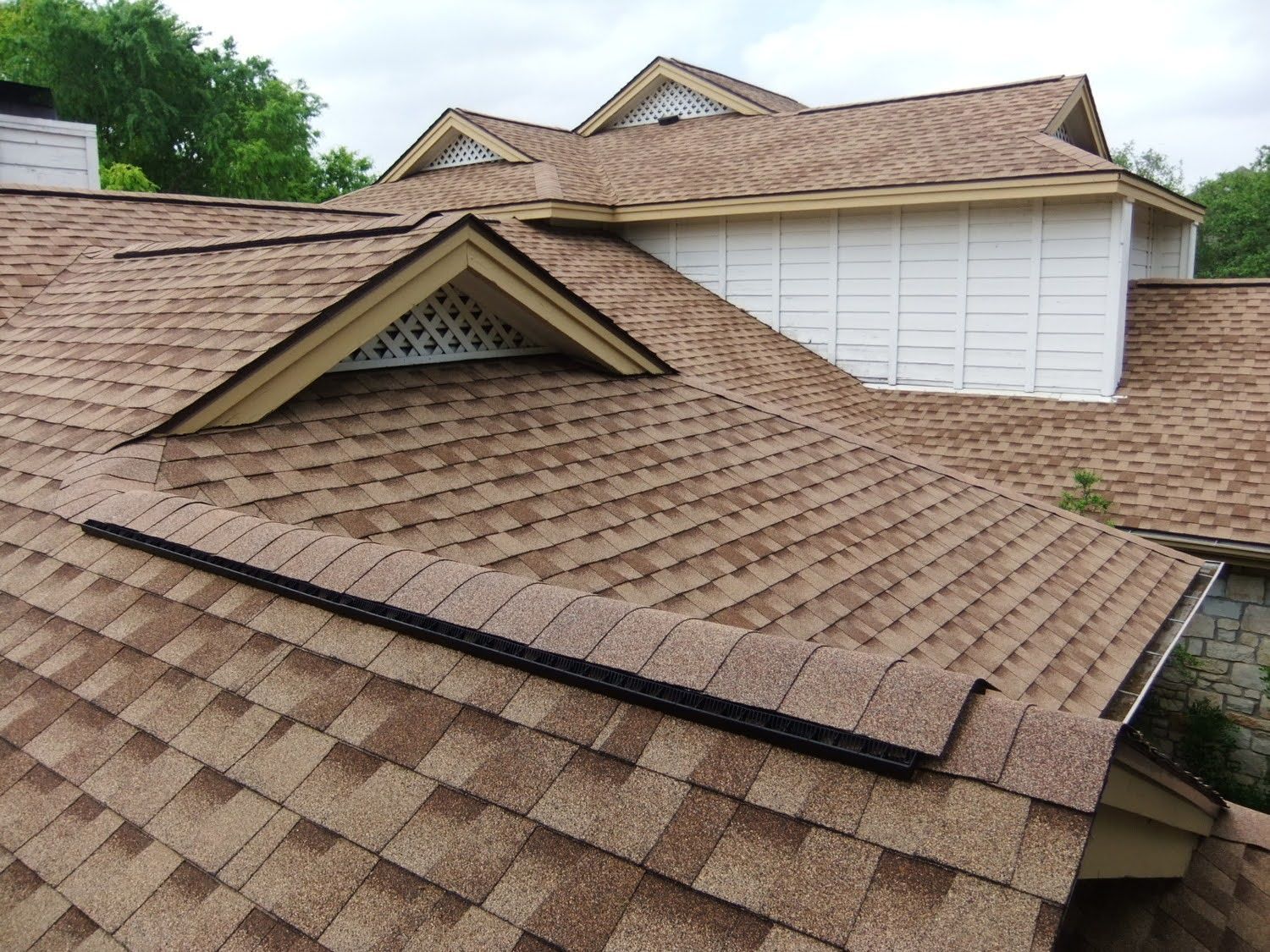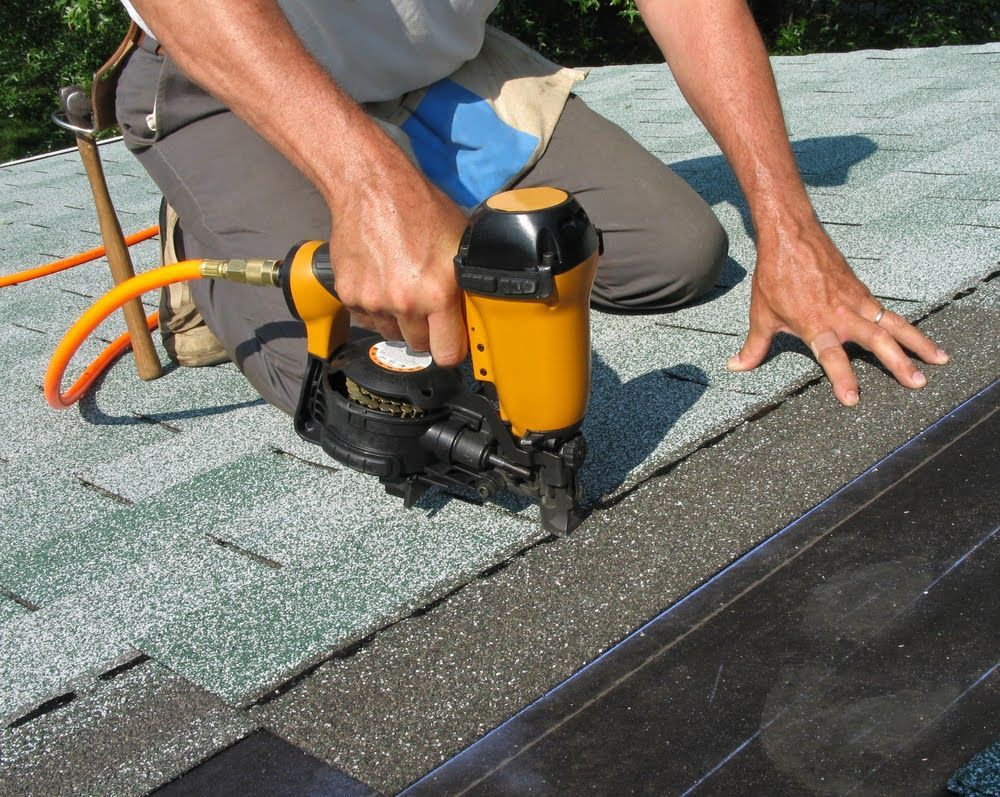5 Upgrades To Consider With a Roof Restoration
Over time, wear and tear can take a toll on your roof, requiring restoration to restore it to its former glory. When undergoing a roof restoration project, it's the perfect opportunity to consider upgrades that enhance your roof's performance and longevity. Here are five valuable upgrades to consider when embarking on a roof restoration to maximize the project's benefits.
1. Upgraded Ventilation
A well-ventilated attic will help keep the house cool in the summer and prevent mold and mildew development.
A passive ventilation system, often made up of stationary box vents, is the most prevalent setup. Although these vents allow air to circulate between the ridge cap shingles, they cannot stop moisture buildup.
Ridge vents are an optional addition to a passive ventilation system that can significantly improve its performance. You can decrease the temperature of your attic by installing ridge vents over the top of your roof.
Additionally, turbine vents are the most energy-effective modification for your ridge vents. These vents help protect the roof from the damaging effects of rain, snow, wind, debris, and insects.
Soffit vents under the house's eaves are an excellent addition to the roof vents. Soffit vents will counteract the heated air released by the ridge vents by bringing in fresh, cooler air. You can also add gable vents at the top of the external walls' roofs to increase airflow.
2. Upgraded Flashing
A proper roofing restoration project should include new flashing. Flashing consists of narrow strips of weatherproof material installed around your roof's joints and seams to keep water out. Flashing usually uses materials like galvanized steel, aluminum, or plastic.
Although expensive, upgrading to a more premium material like copper can improve both aesthetics and longevity. Eave flashing is another crucial component that must be added when restoring a roof.
The flashing on your eaves can act as a barrier against ice and water, reducing the likelihood of ice dam formation. Self-sealing bituminous membrane flashing is a specialty flashing type often installed before shingles and extending two feet within the outer wall plane (three feet on low-pitched rooftops).
This membrane forms a watertight seal around the roof's frail eaves by self-sealing around fasteners. Bituminous eave flashing can protect the roof's valleys, skylights, and dormers from water intrusion.
3. Upgraded Chimney Cap
You can save money and increase your home's efficiency by installing a chimney cap designed to reduce heat loss. A cable will open and close the airtight cap inside your fireplace, which is actuated by a spring. If installed correctly, an airtight chimney cover will prevent cold air from seeping in and warm air from escaping and keep out debris, rodents, birds, and other pests.
4. Upgraded Gutters
Upgrade your gutter system when you replace your roof for better protection and less hassle. Seamless gutters, also called continuous gutters, are superior to traditional gutters in durability and reliability and can endure for up to 20 years with proper care. They provide curb appeal because they are tailor-made to your roof and eaves' precise measurements.
Gutter guards, which sit atop your gutters, are another worthwhile investment. Gutter guards prevent spills, property damage, and bug infestations by preventing debris accumulation in the gutters. Micro-mesh, foam, brush, reverse-curve, and screen are some of the available varieties in the market.
5. Upgraded Materials for Efficiency
Roofing restoration can also involve installing new cool roofing materials, like reflective asphalt-based shingles, composite shingles, metal roofs, or reflective coatings, in place of the old ones. By deflecting the sun's rays, these materials reduce cooling expenses and make it easier to maintain a comfortable indoor temperature.
Moreover, you can choose cool roofing materials in a wide selection of fashionable hues and styles. With such roofing materials, a restored roof can boost a home's aesthetic appeal and thermal efficiency.
Contact us at All Terrain Roofing for quality roofing services, including installation, in Spokane, WA. We look forward to working with you.
